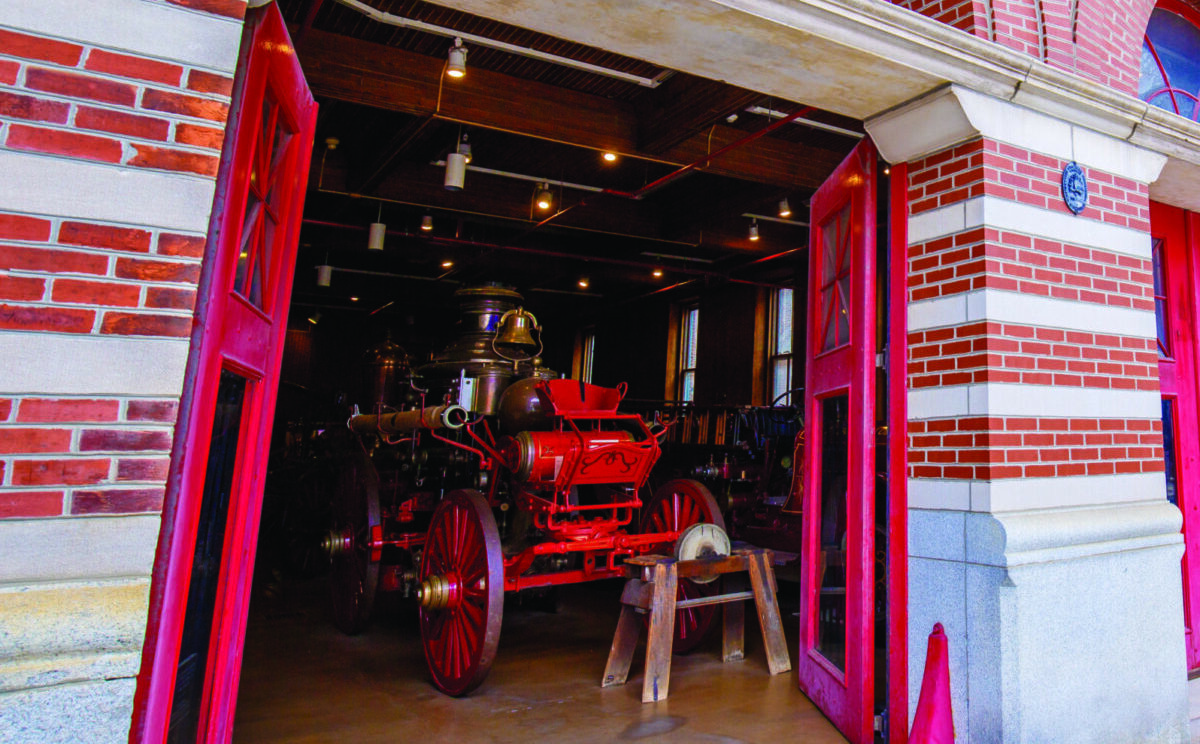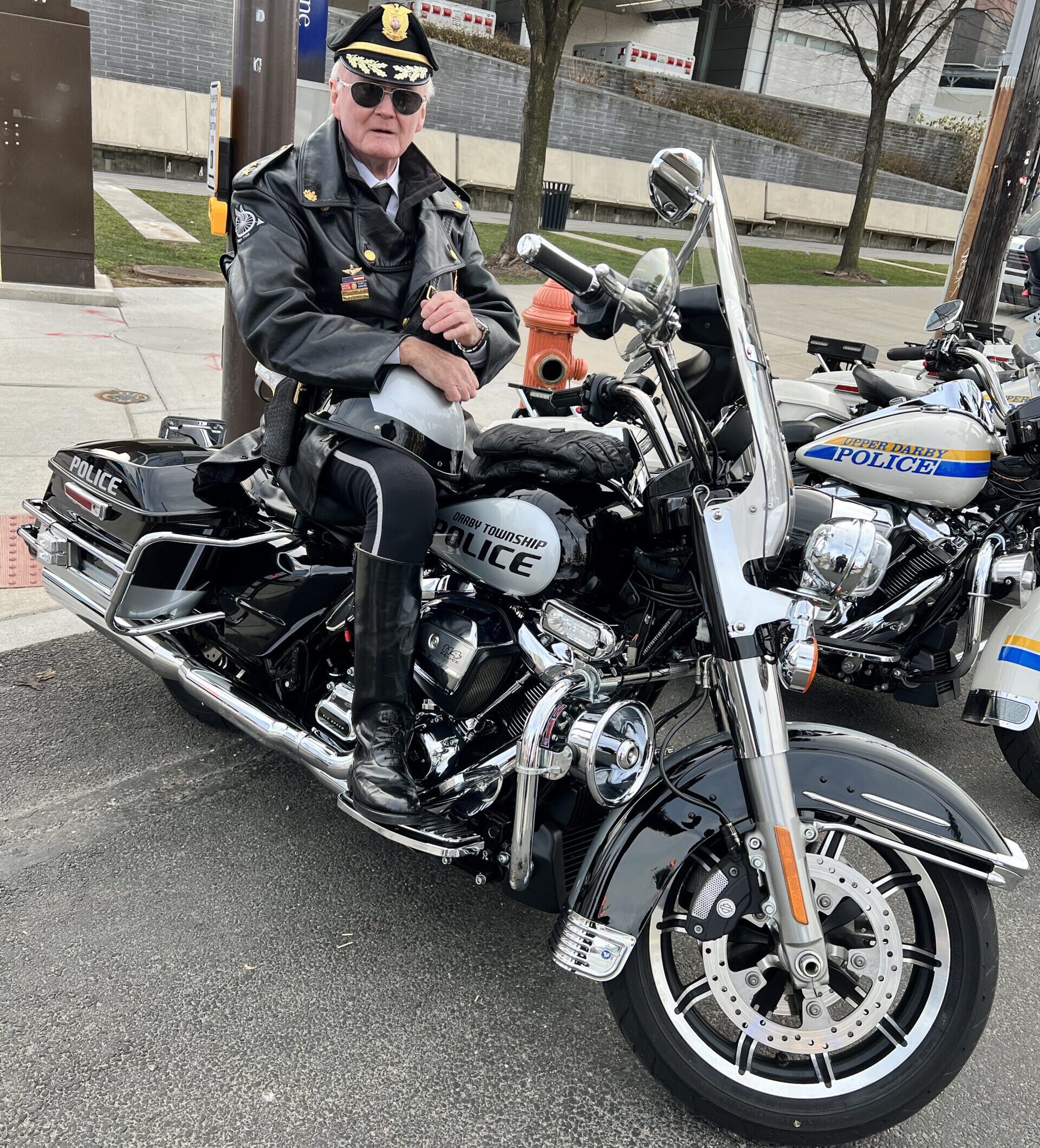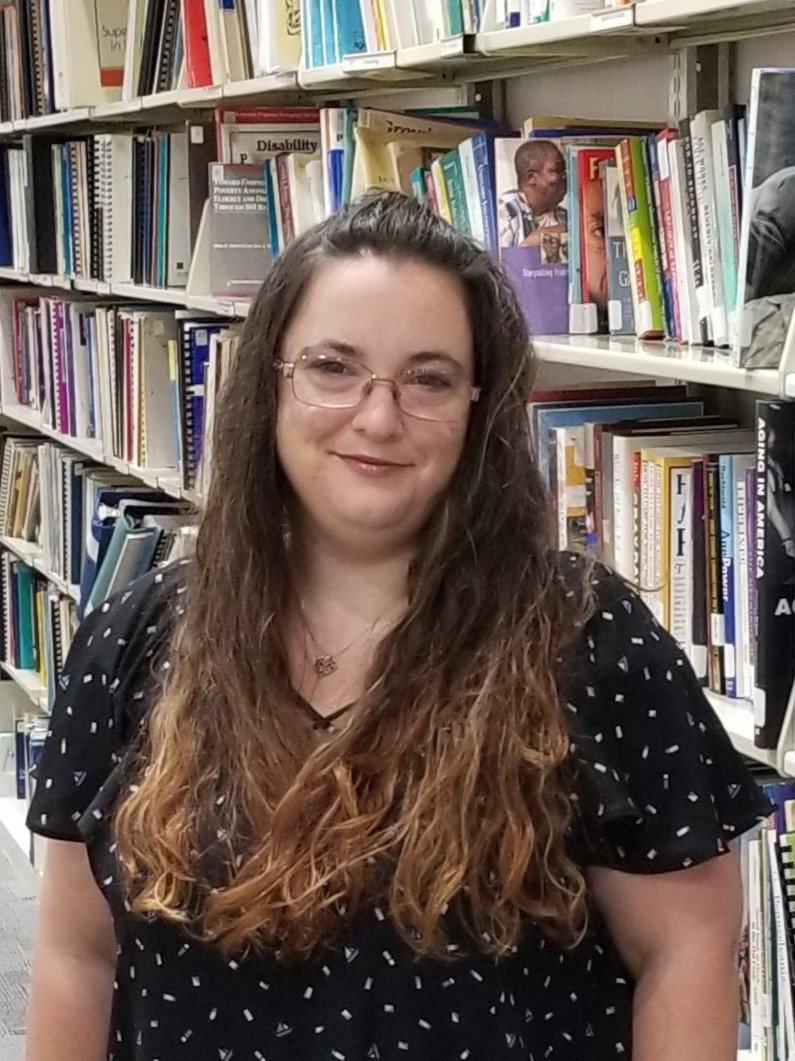Fireman’s Hall Museum interprets history of firefighting
By Jay Nachman
When William Grow attended firefighting school in the U.S. Navy, he found his life’s work. In 2016, Grow retired as a lieutenant after 30 years with the Philadelphia Fire Department. After retiring, he continued volunteering at the Fireman’s Hall Museum in Old City, where he first began helping out in 2009.
“I’m doing something useful,” said Grow, 73, of Roxborough. “Coming here to volunteer gives me a purpose.”
The museum is housed in a renovated 1898 firehouse (at 147 N. 2nd St., just north of Elfreth’s Alley) and interprets the history of firefighting in Philadelphia through its collection of artifacts. The museum also promotes fire safety and prevention.
Grow primarily does personnel research and delights in sharing his findings with relatives of firefighters from generations past. “They’re not names on a paper in some dusty old logbook,” Grow said. “The information I give to the family brings it alive to them, (and provides) information about their ancestor that they didn’t know.”
Grow found a story in a department newsletter about a horse and a driver at Engine 19 in Germantown who became very close. When the driver retired in 1902, the horse became depressed. He no longer jumped up for runs when the bell rang and had to be led to the engine. When the driver came back to the firehouse to visit his former colleagues, the horse perked up. After seeing the horse’s reaction, “the (retired) driver made it a point at least once a week to come back and give (the horse) carrots and sugar cubes,” Grow said.
Into the files the story went. This archival work is important to the firefighting community. Through his research, Grow was able to create a file for a previously unknown fireman killed in the line of duty.
As he was told by fellow volunteer Robert Shea when he first started, “You’re not doing it for you or for us. You’re doing it for people 100 years from now.”
Shea, 85, retired on June 31, 1999, from an insurance company at 5th and Walnut streets, where he worked as an underwriter, and began volunteering at the museum the next day. Volunteering at the museum provides a connection between Shea’s interests in insurance, fire insurance and the fire department.
American fire marks, also known as “badges” and “house plates,” are signs issued by insurance companies that were affixed to the front of a property to mark that the property was insured for fire.
The museum has more than 200 fire marks in its collection from across the country, with the earliest one dating from the 1790s, said Shea who is an expert in fire marks and a self-described “minor expert in Philadelphia volunteer firemen.”
Shea’s hobby began when he discovered the Fire Mark Circle of the Americas, which was organized in 1972 by a group of fire mark collectors in the United States.
“You always learn something new. I’m very much a historian so I’m always interested in how things developed and interesting stories,” said Shea, who has been known to take his work home with him.
Used primarily for advertising purposes, fire marks were used from 1752 until approximately 1900. However, it’s a myth that a fire company would not fight a fire unless there was a fire mark on the burning building, Shea said. American volunteers fought all fires – whether or not the property was insured, regardless of which company insured it, let alone whether or not there was a fire mark.
Shea enjoys “bringing up knowledge and telling people the stories not only about fire marks but about the fire department.”
There is so much to learn about the history of firefighting in Philadelphia, where Benjamin Franklin founded the nation’s first volunteer fire company in 1736. Visit the Fireman’s Hall Museum to find out more.
Fire safety at home
When it comes to fire safety, firefighter Brian Anderson, the Fireman’s Hall Museum curator, said every home should have working smoke alarms and a fire escape plan. You should have one smoke alarm on each floor of your home, including the basement.
If you live in an apartment building or rent a house, the landlord must provide smoke alarms on every level of the home. If your landlord has not provided smoke alarms, call Philly311 to report the violation.
Philadelphia homeowners can request smoke alarms through the Philly311 app or by calling 311, and the Fire Department will install them in your home. To receive smoke alarms, you must live in a one- or two-family home that is occupied by the owner. According to the city, it might take up to 60 days from the time of your request until the actual installation.
Jay Nachman is a freelance writer in Philadelphia who tells stories for a variety of clients.




